Home / Weather CATs / CATs Manuals / Filing Your Business Insurance Claim after a Disaster
Filing Your Business Insurance Claim after a Disaster
Catastrophe Services
Property & Liability Resource Bureau
3025 Highland Parkway, Suite 800
Downers Grove, IL 60515
Introduction
If your business has been damaged, repairs to your space and business property, compensation for destroyed inventory, and recovery of lost business income will be a priority for you in the weeks ahead. Your insurance policies, in cooperation with your management skills, will help your business survive. Your insurance adjuster will help you through the process of recovery. Discuss with your adjuster, whose professional experience will be of great value to you, the best way for your business to proceed with its recovery.Coverage Review
Some of the basic perils your business insurance policy may cover include damages caused by wind, hail, rain water entering through storm‑caused openings, fire, and lightning. Earthquake and flood damages usually require additional insurance protection. Be sure to check your specific business coverages with your agent or the adjuster. Business insurance policies typically cover the following:- Building ‑ Damages caused to the structure by the disaster, such as to roofing, siding, windows, and some signs.
- Contents ‑ Damages caused by the disaster to the business equipment and property, usually inside or close to the building. This includes the stock or inventory.
- Business Interruption ‑ Replaces the income your business would have generated if it hadn’t been temporarily shutdown by the disaster.
- Extra Expense ‑ Provides additional funds to meet emergency costs necessary to keep your business open and operating following the disaster.
The Steps to Recovery after the Disaster
Report the loss right away Call your insurance agent, broker, or insurance company claim telephone number immediately to report how, when, and where the loss or damage occurred. Be prepared to provide a reasonably accurate description of damages. To control damage to your stock Dehumidify the stock area after the building has been made weather tight. Separate the damaged stock from the undamaged stock. Contact a salvor to inspect damaged stock and determine any salvage value. Remove all debris as soon as possible after you receive authorization from authorities and your adjuster. Have the stock storage area cleaned. Note: It may be necessary to move the undamaged stock to another location during the clean up. Consider making either a public or a limited announcement to your customers advising of any temporary changes being made to continue operations. If you own the building and it is damaged Inspect the building to determine its safety and the extent of damage. Architects, contractors, and building officials may be of help. Board up the building and cover holes in the roof to make it weather tight and reduce additional damage. Secure the building from casual entry or post guards. Restore the utilities as soon as possible. If necessary, install a temporary electrical generator. Order a dumpster for debris. Use temporary signs to redirect parking or traffic access. Partition the building if some areas are not usable. Locate alternative location if the building is not usable.Business Interruption
Keeping your business operating in a fashion that is as close to normal as possible is crucial to its recovery. While business interruption insurance will pay for your covered losses, your only chance of surviving and prospering is to keep serving your customers. Insurance adjusters know from many years of experience in helping businesses recover from disasters that there are some operational strategies and emergency recovery procedures to follow as you pick up the pieces. If possible, continue conducting business operations as normally as possible, making business decisions as if you had no insurance policy. Your customers will appreciate your efforts to provide them continuing service. Start a physical inventory as soon as possible. It may be required by your insurer. Your employees or a professional inventory service may take the inventory. Discuss with your adjuster the options and get his or her opinion on the best method for you to conduct the post‑disaster inventory. Organize your books and records. Your adjuster will need to examine these in order to evaluate the damages. If portions of your inventory are lost or damaged beyond recognition a “book inventory” will be needed to evaluate your loss. It is important that any inventory shipments received or sales made after the disaster is documented separately from pre‑disaster business.Business Interruption Basics
Extra expense coverage is designed to help the business continue operations.
Loss of income provides for the loss of net profits your business would have earned, including those expenses that continue during the period of business interruption.
Business interruption is usually activated when the business is directly damaged by a covered peril such as fire, storms, lightning, riots, or explosion at the insured premises.
Most policies do not cover losses resulting from interrupted water, electrical, and natural gas supplies, or telecommunications service, unless the interruption occurs on the premises.
Expediting Your Business Interruption Claim
Prepare a list of steps required to promptly resume operations on a full, or even a partial, basis.
To help you calculate the amount of your business income loss your adjuster will need:
- Historical sales records
- Income and expense information as shown in recent profit and loss statements and/or income tax forms
- Other business records that might assist in projecting what your profits would have been had your business not been interrupted.
Consider ways to reduce continuing expenses. Your adjuster will review this with you.
Things you should do immediately
Close out the books as of the date of the loss and maintain a separate, accurate record of any sales or operating expenses that continue after the loss. Remember that the adjuster will need to verify these expenses as part of the claim process.
Maintain accurate records for extra expenses incurred to expedite the resumption of operations.
Create a written record of any communications received regarding orders to evacuate, including who ordered the evacuation, date, and time.
Some ways you may reduce loss of business income
]]Carefully consider ways to continue business operations, even if on a partial basis. Consider ways to expedite repairs and replacement of destroyed inventory.
Rent another temporary facility if your current location is not serviceablEnlist the support of your non‑competitor business associates, if they can help you maintain service or supplies to your customers.
Downsize your operation if a portion of your building remains serviceable.
Consider sending printed materials to your customers describing how you plan to continue operations during the restoration period.
Act quickly to restore and protect your inventory, but keep damaged property for the adjuster’s inspection.








